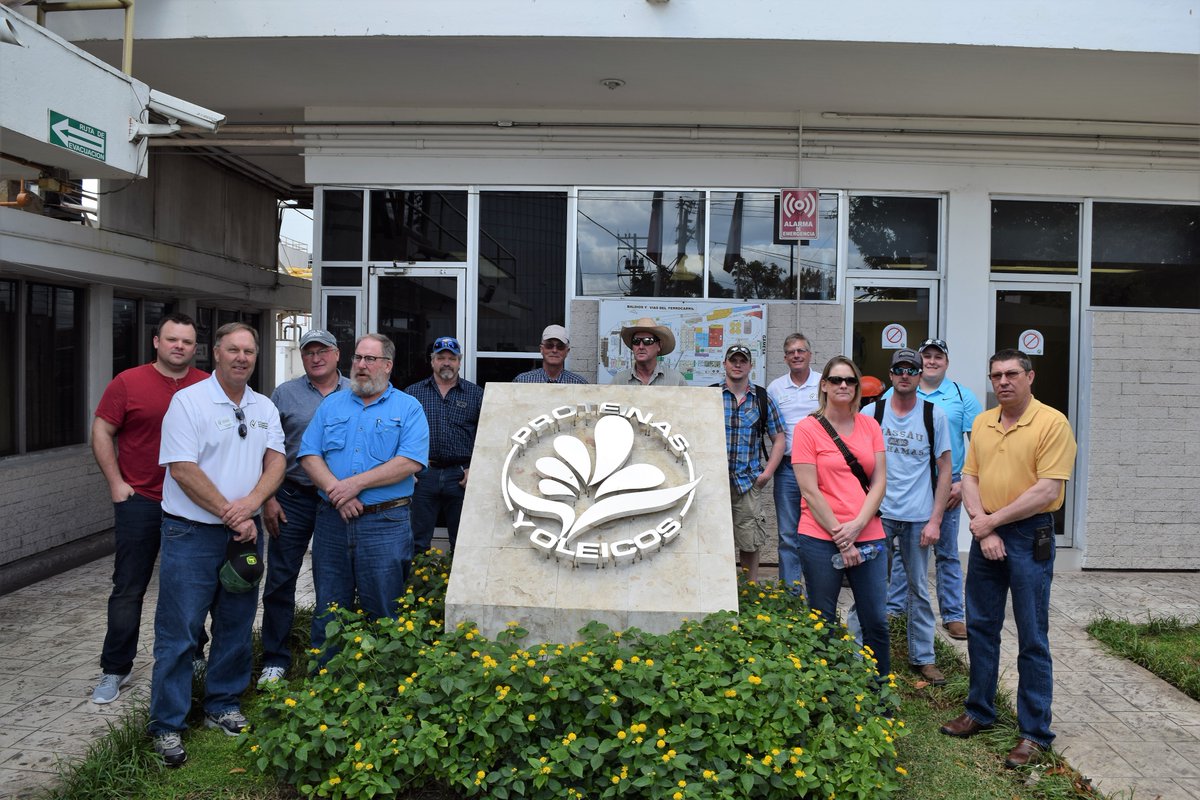The trip enabled producers and customers to meet in person
By Diego Flammini
News Reporter
Farms.com
South Dakota soybean growers met with Mexican processors, importers and farmers during a weeklong trade mission in late February.
The See for Yourself program provided 10 soybean farmers with the opportunity to learn where a portion of South Dakota’s soybeans end up when they leave the field.
“It was an opportunity for farmers to meet the buyers,” Tim Ostrem, a producer from Centerville, S.D., told Farms.com today.
The American visitors went to the Port of Progreso on the Yucatan Peninsula, which imported more than 2 million tons of grain from the U.S. in 2016.
They also visited the Port of Vera Cruz, which is under an expansion. When complete, the port will enable Mexican grain importers to increase their 500,000 metric tonne annual U.S. soybean inventory by 25 percent.

The See For Yourself Mexico group visited Protenias Yoleicos, the largest soybean processing plant in Mexico. The Merida plant crushes 2,000 metric tons (73,480 bu) of soybeans per day.
Photo: South Dakota Soybean Association
“The expansion is an indication that the Mexican government is supportive of the agricultural industry as a whole and supportive of U.S. soybeans,” Ostrem, who participated in the See for Yourself program, said.
Part of the trade mission included a visit to a major Mexican chicken and egg producer.
Crio, based in Merida, Mexico, produces 14 million broilers and 1.5 billion eggs each year. The company only uses U.S. soybean meal to feed its chickens.
“They buy 85,000 metric tonnes of exclusively U.S. soybeans because we produce high quality crops,” Ostrem said.
And Granjas Carrol De Mexico, a company that produces 1.4 million hogs each year, uses 7,000 metric tonnes of U.S. soybean meal per month.
Discussions about trade relationships also took place during the trip.
As NAFTA negotiations continue, the Mexican and American partners expressed the importance of trade.
“We’re both in a good (trade) situation right now,” Ostrem said. “If everything stays relatively the same, we expect to remain in a positive situation.”